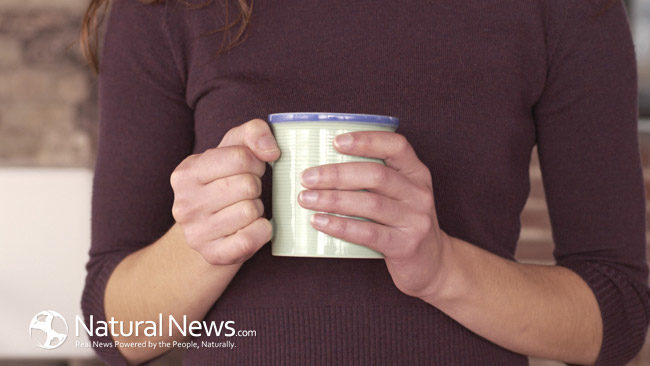Yellow Root – Yellow root is anti-inflammatory and a natural antibiotic. The plant can help in the treatment of sinus infections, bladder problems, colds, flu, sore throat, laryngitis, mouth sores, colitis, gastritis, chest congestion, and earache. Yellow root is a uterine tonic and a digestive aid. It is an excellent liver stimulant and is useful in soothing mucus membranes.
Yellow root is used in teas, tinctures, tonics, capsules, powders, eyewashes, gargles, ear drops, douches, and salves. It is known as a powerful cooling astringent that reduces phlegm. When combined with ginseng, yellowroot helps improve the entire immune system.
When used as an external wash, yellowroot can soothe irritated skin, eczema, and measles. As a mouthwash, yellowroot helps heal mouth ulcers, gum disease, and sore throats. Powdered yellowroot can be sprinkled on infected cuts and abrasions to help heal and protect. Yellowroot salve makes an excellent remedy for chapped lips and dry skin.
Yellowroot is used to treat some female conditions including PMS and yeast infection. It can be useful in preventing night sweats and hot flashes during menopause especially when combined with chasteberry.
The Cherokee Indians used yellowroot to cure indigestion and to improve appetite. They used the herb for cancer, whooping cough, liver disorders, fevers, and heart problems. Yellowroot was also considered useful as a dye and was often added to war paint.
Yellowroot is one of the most popular of all herbs. It is estimated that 250,000 pounds of yellowroot is now sold each year. Demand for yellow root has increased dramatically since 1990 due to the belief that the tea can mask the presence of drugs in a urine test. This assumption is false.
Yellowroot plants usually grow from 6 to 14 inches tall. After emerging in early spring, flower buds quickly develop into small white/purple flowers. Each plant produces a single, green raspberry-like fruit which turns red in July.
Yellowroot rhizomes (roots and stems) should be dried for future use. As the name implies, the rhizomes are bright yellow when bark is scraped off with fingernail. The plant likes rich soil and is usually found growing in patches on shady creek banks along with May apple, trillium, bloodroot, and black cohosh.
Yellowroot is often used in place of goldenseal (Hydrastis Canadensis). Both plants have similar properties and can be used for the same purposes but are not identical plants.
*Avoid yellowroot in pregnancy. Do not use if you have high blood pressure. Do not use internally for more than three weeks. (The plant should not be eaten fresh.) The safety of yellow root in nursing women, children, and people with kidney and liver disease is unknown. Side effects are rare but yellowroot can cause mouth irritation and nervousness. Yellowroot may also cause motion sickness in some individuals. Discontinue use if dizziness occurs. Always consult with a physician or health care professional before using any herbal remedy.
Source:





